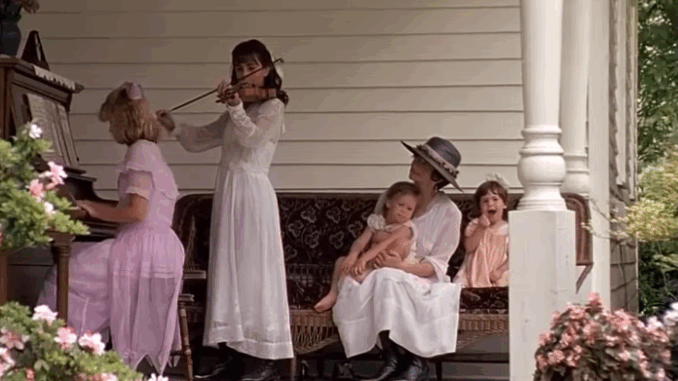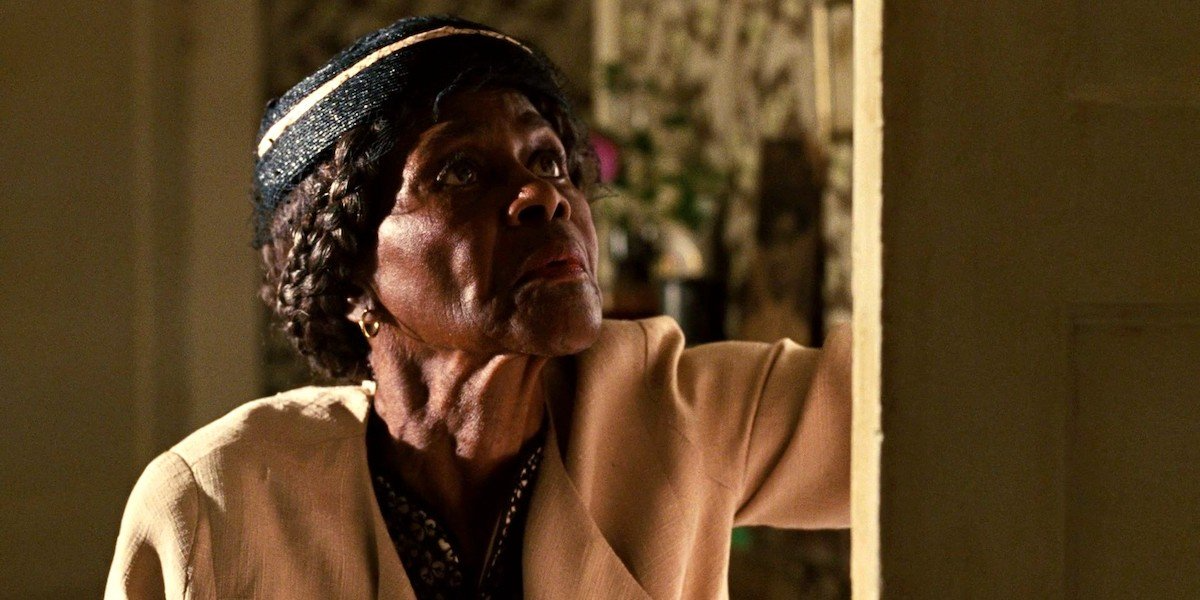
At the heart of Fried Green Tomatoes lies not just a tale of friendship, food, and fierce loyalty — but a deeper meditation on the healing power of storytelling. More than just a narrative device, storytelling in the film functions as a bridge between generations, a lifeline for women in crisis, and a way to reclaim lost identities.
Two Timelines, One Mirror
The film unfolds in two parallel timelines — the 1920s-40s story of Idgie and Ruth, and the 1980s journey of Evelyn Couch. What connects these two eras is not blood, nor geography, but memory, passed through the words of Ninny Threadgoode.
Ninny doesn’t merely recount the past — she revives it. Through her vivid, often mischievous retellings, she offers Evelyn (and us) a story full of heartache, adventure, and quiet rebellion. Each story becomes a lesson, cloaked in anecdote but driven by emotional urgency. Evelyn doesn’t just hear the story — she begins to live through it, changing her own life as the tale unfolds.
The Power of a Porch and a Voice
Much of the film’s emotional transformation happens not in dramatic action, but in quiet moments: an old woman on a nursing home porch, telling stories to a stranger who needs them more than she knows.
Ninny’s storytelling becomes a kind of therapy. She helps Evelyn name her pain — her frustration, invisibility, and depression. Without preaching or instructing, Ninny models how memory can be resistance — to aging, to irrelevance, to fear.
The fact that this storytelling happens in such an intimate, domestic space — a room in a nursing home, a porch — only adds to its impact. These are the places where women’s stories have traditionally been shared, and in this film, they are given center stage.

Truth, Fiction, and Emotional Reality
One of the most debated elements of Fried Green Tomatoes is the question: Is Ninny really Idgie? The film never explicitly answers this, but what matters more is why she tells the story the way she does.
Whether Ninny is Idgie or not, she speaks with the authority of someone who lived it. The line between truth and fiction blurs, but that blur becomes a source of empowerment. Evelyn doesn’t need a “true” story — she needs one that feels true, one that gives her the courage to change.
In this way, the film asks: Do facts matter more than meaning? And it suggests that in storytelling, emotional truth can be more transformative than literal detail.
Storytelling as Legacy
The film ends not with a dramatic climax, but with the gentle continuation of memory. Evelyn has changed. Ninny has passed on her story. And the audience, too, has become a keeper of that memory.
In the act of watching the film, we become part of this chain of storytelling. The fried green tomatoes, the bee charmer, the café, the laughter, the pain — they now live in us. Fried Green Tomatoes becomes more than a movie. It becomes a folk tale, carried in memory and retold in spirit.
Stories Save Us
Fried Green Tomatoes is not just about who did what, when. It is about why we remember, and how those memories heal. Through storytelling, the film shows how lives separated by decades can still touch, how silence can give way to voice, and how the simple act of listening can lead to rebirth.
In the world of Whistle Stop, memory isn’t a burden — it’s a compass.
